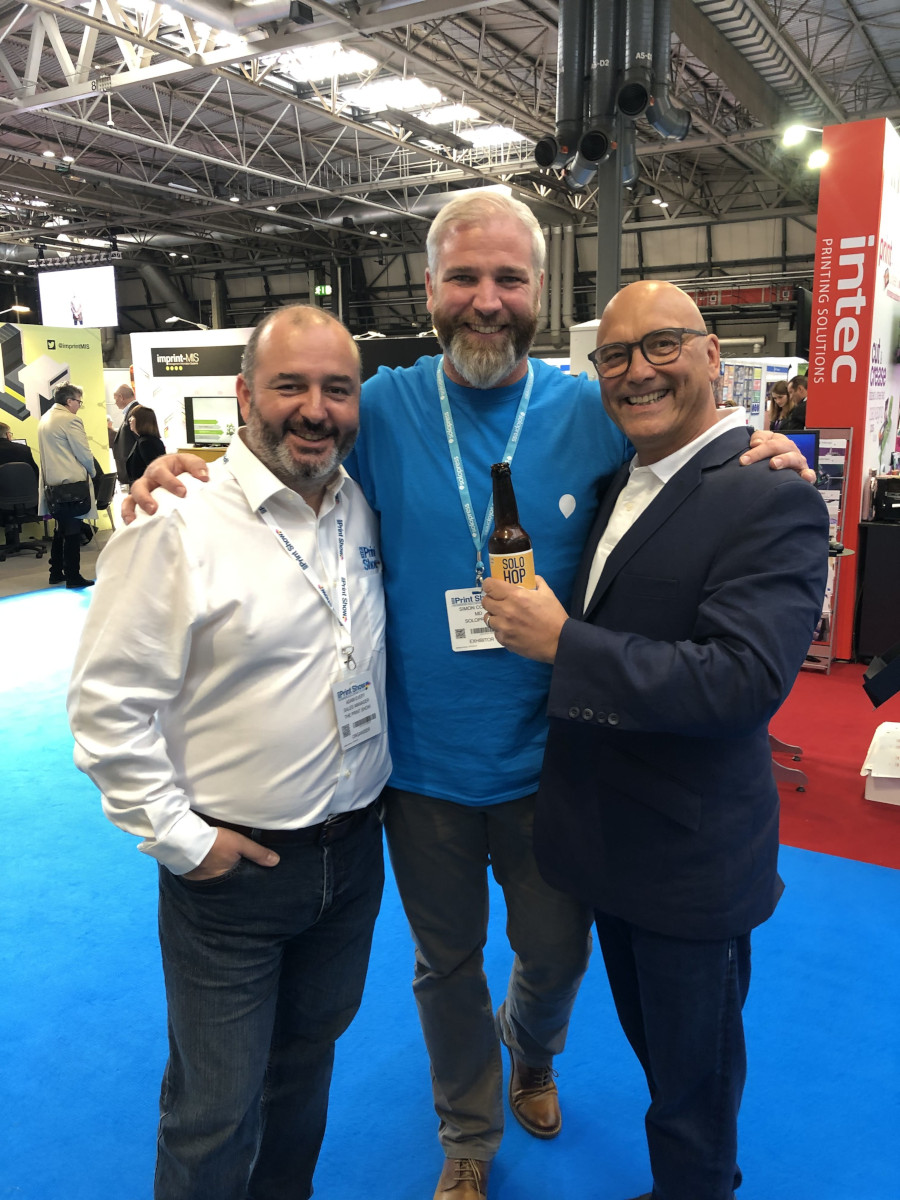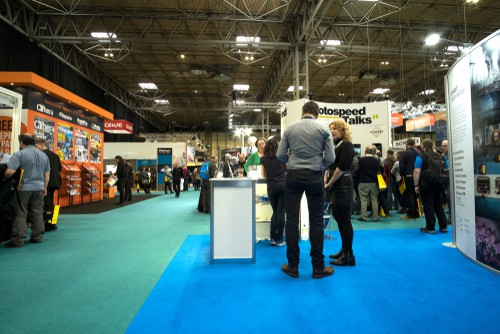The way we conduct ourselves at trade shows can have a profound effect on our success. Our attitudes, behaviours, and overall presentation can greatly impact the levels of engagement and outcome we experience. So, how can you exhibit like an expert and make the most of your trade show experience? We surveyed our customers to gather their experiences and comments to help us come up with this list of seven behaviours that can lead to trade show success.
Tip 1: Prepare and rehearse
There is a great deal of value in preparation and practice. Most businesses will invest a lot of time and effort into the logistics and materials involved in exhibiting trade shows, but it’s equally important to prepare the team and have a plan on how you’ll interact with visitors.
Develop your pitch, role-play with colleagues, and anticipate potential questions. As S2 Design and Advertising suggests, “Do some sales practice. You need to be able to convey stuff quickly and simply – an elevator pitch, that does not sound too rehearsed or robotic.” Before the event, take some time to prepare for the trade show by revisiting our previous blog post, all about preparing for a trade show.
Tip 2: Branded clothing

Clothing can be a powerful branding tool. Consider wearing branded attire that matches the colours and themes of your display materials to promote recognition and cohesion. You might also want bring along a colleague in plain clothes to blend in with attendees and stimulate curiosity.
Martyn from lets-grow.co.uk advises, “Enjoy it, take a plain-clothed person for support and when it’s quiet, chat to them to generate passing interest.”
Tip 3: Choose your personnel wisely
Bring along as many personable colleagues as possible. The team you choose should be natural conversationalists and capable of engaging attendees.
“Take as many colleagues as you can with you. 12 hours on your own is quite daunting without breaking away for some downtime.” advises arundelwalkingtours.co.uk. Even if you’re an introvert, be ready to switch on the charm – it’s only for the day after all!
Tip 4: Avoid creating barriers

That means both physical and psychological barriers. Many exhibitors will sit behind a table, which already places a boundary between themselves and their visitors. Don’t hide behind your stall; instead, place yourselves at the front to welcome visitors.
Appearing unavailable is a major psychological barrier that will prevent a visitor engaging with you. As tempting as it is to spend ‘downtime’ chatting with colleagues or browsing your phone, in reality, while you’re supervising your stand, there is no ‘downtime’. Always remain accessible and approachable.
Martyn from lets-grow.co.uk emphasises, “Create an open and informal space where you can talk comfortably. If you look busy, people won’t stay. If you have engaging content and freebies, people will chat.”
Tip 5: Pace yourselves
So, we said there’s no ‘downtime’ while supervising your stand, which seems pretty brutal, but the answer is to work as a team and take regular breaks. If you discuss this with your team ahead of time and properly schedule breaks, it will eliminate uncertainty and the temptation to ‘just push on through’. Besides, when it’s time for your break, you can put a jacket over your branded shirt and go check out what everyone else is doing. It’s a great opportunity to learn.
Another way to stay fresh at trade shows is to swap roles throughout the day. If you have different tasks going on like approaching passers-by, distributing handouts, taking details, products demos etc, you can have everyone switch tasks every 30 minutes to break up the day and prevent fatigue.
Tip 6: Engage with visitors
Master the art of conversation and gauge what your visitors need. Whether it’s gathering leads, conducting interviews, closing sales, or collecting competition entries, being able to speak – and listen – effectively is critical.
Julie from Wild Olive Ltd adds, “Try to find out a little about them rather than just sell! Set out to take orders, not leads, if this is appropriate.”
Approaching each encounter as a two-way conversation will help prevent you from trotting out the same spiel each time, and allow you to identify and address each visitor’s needs.
Tip 7: Follow up effectively
After the event, it’s time to follow up. Timely and personalised follow-ups can yield better results. Most businesses find that it’s best to give their prospects a day to get back in the office and catch up on emails, but that after four or five days, they may have started to forget the impression you made on them.
Robin from stevesoult.com recommends, “Collect as many contacts as possible and regularly keep in touch with all of them.” To make the communication more effective, consider having the same personnel who spoke with specific prospects to follow up with them.
All about the relationship
Attending trade shows isn’t just about showcasing your product or service; it’s also about fostering relationships, gathering insights, and making a lasting impression. Approaching your exhibit with a positive attitude, openness to interaction, and a friendly disposition can go a long way in making your experience a success. So, step out there, make meaningful connections, and remember – every person you meet is a potential door to a new opportunity, and every conversation you have could be the start of a fruitful relationship.





